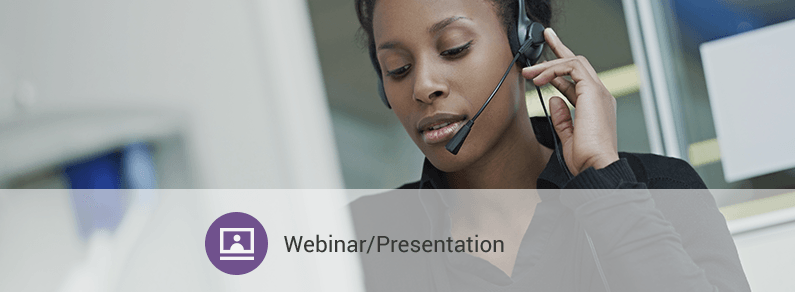In a Zero Suicide approach, a data-driven quality improvement approach involves assessing two main categories: fidelity to the essential systems, policy, and patient-care components of the Zero Suicide model, and patient-care outcomes that should come about when the organization implements those essential components. Zero Suicide implementation teams should identify key clinical care outcomes that indicate systems-level and clinical practice changes are having an impact, and establish systems to collect these data regularly to monitor areas for change and continuous improvement. Reviewing the existing quality improvement measures in the behavioral health field may be informative for establishing systematic data collection in your organization. In addition to quantitative data, organizations can also consider collecting qualitative data that assesses individuals’ experience and satisfaction receiving care.
By the end of this webinar, participants will be able to (1) understand how data collection can be used to enhance the care that health and behavioral health care organizations provide to individuals at risk of suicide, (2) describe the current status of quality improvement measures in the suicide prevention field, and (3) describe how one organization used data to improve suicide risk assessment practices.

